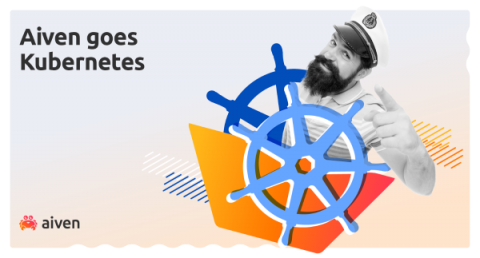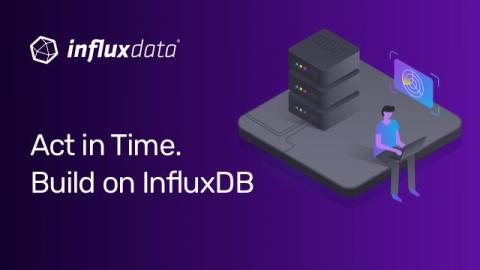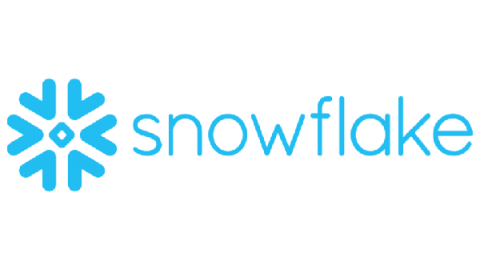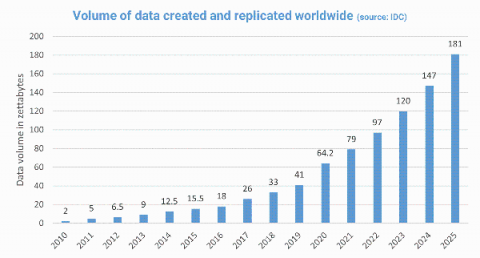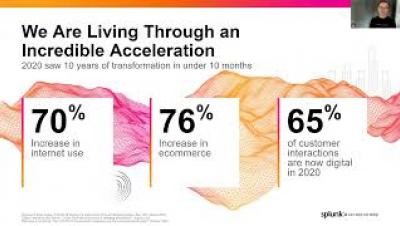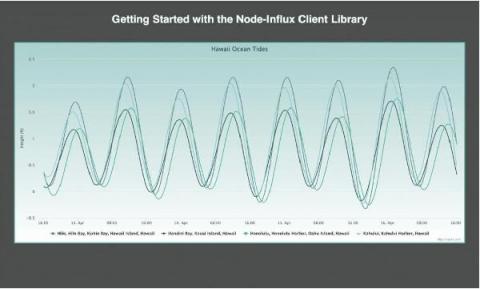Operations | Monitoring | ITSM | DevOps | Cloud
Analytics
Getting Started with PHP and InfluxDB
This article was written by Cameron Pavey, a full-stack dev living and working in Melbourne. Scroll below for this picture and bio. As a developer, it is likely that you will eventually run into a situation where a traditional relational database’s document stores don’t quite cut it. If you need to store points of data over time, you’ll likely need a time series database.
Data applications with Kubernetes and Snowflake
Data application developers using Snowflake as the data warehouse and who are new to Kubernetes, spinning up a single cluster on their laptop and deploying their first application can seem deceptively simple. As they start deploying data-driven applications using microservices and Kubernetes in production, the difficulty increases exponentially. It quickly throws the developer into a kind of configuration hellscape that drives productivity down for many data engineering teams.
Flux Aggregation in InfluxDB: Now or Later
Aggregations are a powerful tool when processing large amounts of time series data. In fact, most of the time you’re going to care more about the min, max, mean, count or last values of your dataset than you will about the raw values you’re collecting. Knowing this, InfluxDB and the Flux language make it as easy as possible to run these aggregations, whenever and wherever you need to, and sometimes that leads people to running them in ways that aren’t as efficient as they could be.
What's the real story behind the explosive growth of data?
Turning Data into Doing
InfluxDB IOx Tech Talks - Observability of InfluxDB IOx: Tracing, Metrics and System Tables
Creating The Perfect Variance Analysis Report: 5 Best Practices
Visualizing Your Time Series Data with the Highcharts Library and InfluxDB
If you’re building an IoT application on top of InfluxDB, you’ll probably use a graphing library to handle your visualization needs. Today we’re going to take a look at the charting library, Highcharts, to visualize our time series data with InfluxDB Cloud. However, I also encourage you to take a look at Giraffe, a React-based visualization library that powers the data visualizations in the InfluxDB 2.0 UI.


